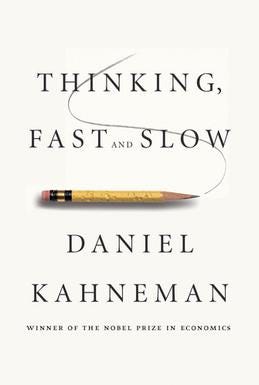As product managers and product leaders, one of our key activities is prioritization. We need to make sure the team is working on the right thing at the right moment to succeed.
Most of the time, our goal is to decide between two features. We use and adapt existing frameworks, formulas, and tools to do it. Yet, we often ignore a big difference between prioritizing backlog items that would have different impacts on our desired goals and selecting the right strategic opportunities that would build and strengthen our strategic advantages. If we try to use the same concepts to prioritize both, we will fail.
Metal miners prioritization

Imagine working for a metal mining company: you have a mining team, budget for equipment, and a time constraint. Your job is to mine the most valuable combination of metals, selecting where to dig among many possible open tunnels (disclaimer, I don’t have a clue about metal mining, I hope you don’t also so we can just play along with this story 😄). You use your usual tools: you check the past performance of all possible tunnels, you see how metal price is varying in the market, you see what tunnels may be harder to dig, and so on. Based on that, you develop hypotheses that let you decide what seems to be the most valuable path.
Now you change hats and become an executive selecting the next mine to explore. Your decision elements change drastically: What metals can you dig that will set you apart from competitors? You want to be the best in one class of metal or diversify to others? Do you want to expand geographically or improve your presence in one region?
I have no idea how you would actually decide, but your decisions would probably go beyond a simple “return on investment” equation. They would be more related to improving your value proposition, strategic advantages, and the focus you want to give to your company to achieve your vision.
Fast and slow

In his famous book Thinking, Fast and Slow, Daniel Kahneman discusses two modes of thought:
- “System 1”, which is fast, instinctive, impulsive
- “System 2”, which is slow, more deliberate, and logical
While I hope you are always prioritizing using system 2, we can make a far-fetched analogy.
Our “Prioritizing System 1”, for backlog items, uses frameworks and formulas based on discovery results to understand which are the most promising solutions and have the largest impact on our selected metrics or key results. As product managers, we will systematize and optimize our framework over time to help us improve our selections and success.
Strategic prioritization, on the other hand, requires a “Prioritizing System 2”, in which we will compare potential directions, problems, and opportunities, and select the ones that will give you a stronger position to solve your selected customer needs, build a more sustainable business and achieve the product vision. While it is not necessarily slower, it is:
- Holistic: instead of comparing some options, you are actually running a diagnosis to find more options.
- Harder to systematize: we are usually comparing very different possibilities with attributes and outcomes harder to compare.
- Multi-time-horizon: even when you are defining a strategy for the next 12-months or so, you will be including pressing problems to fix your core business and, at the same time, bets for future sources of revenue that may pay off in 3 years.
“How to”
As said, for “Type 1” prioritization, we can use several techniques, such as:
- Value vs. Effort, Moscow, Kano, RICE
“Type 2” is not that well defined. I’ve written about a few tools before, but we can highlight a few ones to conclude this article:
- Business Model Canvas to have a holistic view of opportunities and their impact.
- Value proposition competing factors vs. offering level to craft a differentiated and winning positioning.
- Horizons of growth or Google’s 70/20/10 rule to make sure you are not only building for the short term.
There is no single tool, and it’s highly dependant on your context, but I hope we agree it is very different from backlog prioritization.
This week my book Product Direction was released. In it, I discuss in more detail how to make the Strategic or “System 2” Prioritization and how to select and execute the opportunities that create and strengthen your strategic advantages.
Grab a copy while it is in launch promotion! (available on all Amazon sites).